Your neighbor isn’t some garden wizard. They don’t have a secret landscaper. They’re not hiding a magic fertilizer in the garage. But they are doing a few very specific things—quiet, consistent moves that make their garden look photo-ready while yours feels… tired. It’s not about spending more. Or working harder. It’s about knowing what actually makes a difference. That lush color? Planned. That perfect border? Smarter choices, not more effort. If you’ve ever glanced over the fence and felt a twinge of garden envy, this one’s for you. Let’s break down exactly what they’re doing—and how to catch up fast.
The Art of Pruning
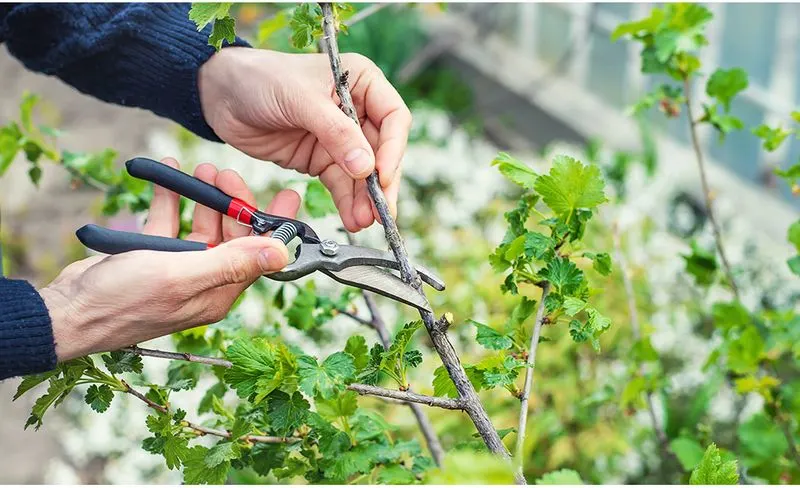
Pruning is more than just snipping away at plants. It’s an art that can transform an overgrown bush into a masterpiece. By carefully removing dead or overgrown branches, you encourage new growth and enhance the plant’s natural shape. This practice not only improves the plant’s appearance but also its health.
Regular pruning prevents diseases and allows sunlight to reach the inner parts of the plant. For many gardeners, pruning is a therapeutic activity, offering a chance to connect with nature. It’s a skill honed over time, but once mastered, it can make a remarkable difference in any garden.
Soil Health
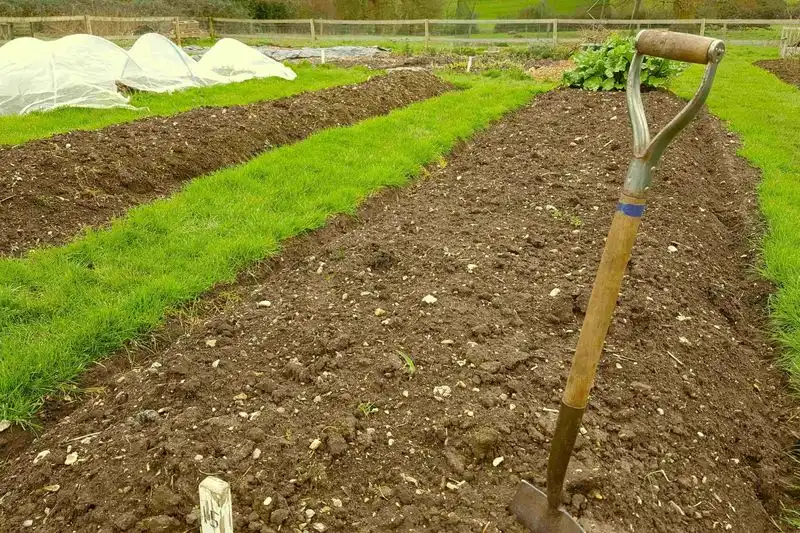
Healthy soil is the foundation of any thriving garden. It’s packed with nutrients, supporting plant growth and strength. A good gardener knows the importance of testing soil regularly to understand its composition.
Adding organic matter like compost improves soil structure, enhancing its ability to retain moisture. This balance is crucial for plant roots to access water and nutrients efficiently. With the right care, soil becomes more than just dirt; it turns into a vibrant, living ecosystem that nurtures every plant above.
This secret ingredient is key to your neighbor’s garden success.
Companion Planting
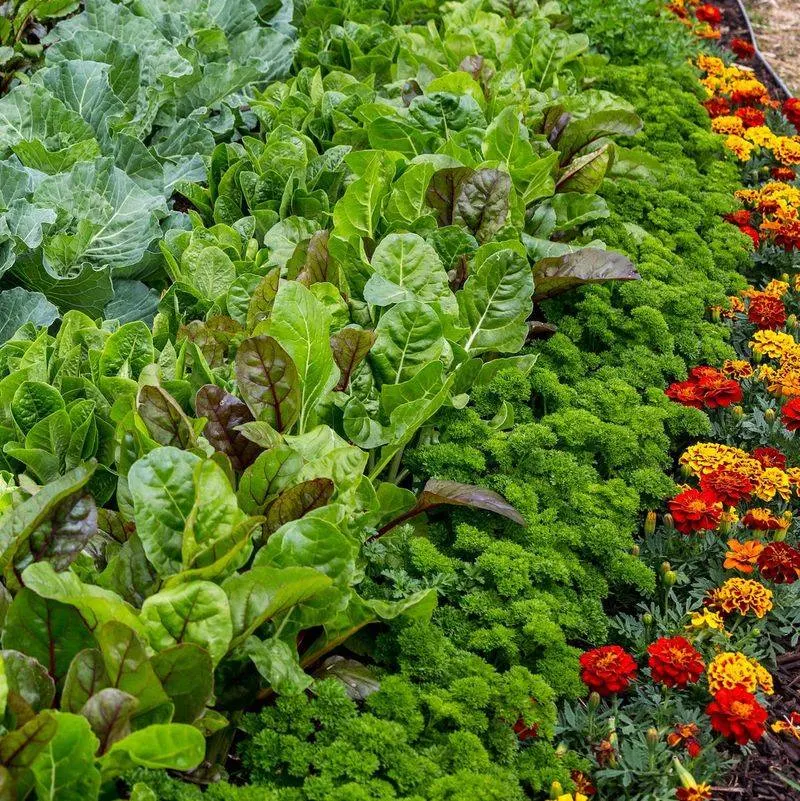
Companion planting is a strategy that involves growing plants together for mutual benefit. Imagine tomatoes flourishing beside basil; this pairing not only enhances flavors but also repels pests naturally.
By understanding the relationships between different plants, gardeners can create a harmonious environment where plants thrive. It’s like setting up a good neighborhood where everyone supports each other.
This method reduces the need for chemical pesticides and promotes biodiversity. An ancient practice with modern relevance, companion planting is a clever trick to boost your garden’s health and productivity.
Watering Wisely
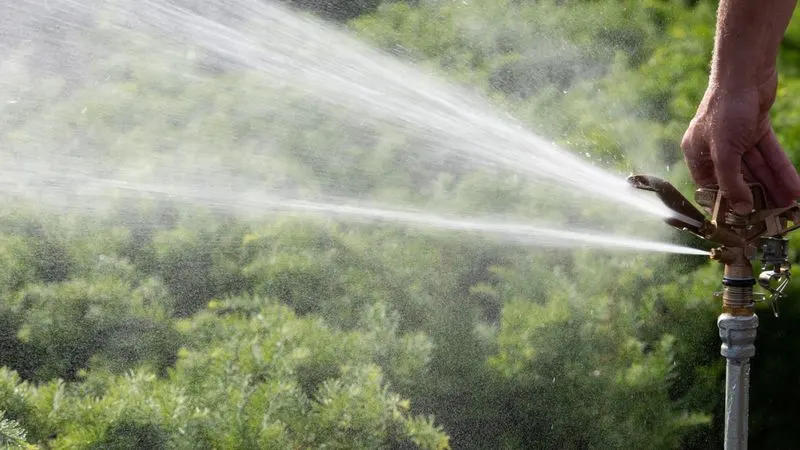
Watering is essential, but doing it wisely can make all the difference. Over-watering can drown plants, while under-watering leads to wilting. The trick is to find the right balance. Early morning is the best time to water, minimizing evaporation and allowing plants to absorb water efficiently.
Using techniques like drip irrigation ensures even water distribution. For many, watering is a mindful ritual, a time to enjoy the tranquility of the garden. By observing the plants’ needs, a gardener can tailor watering practices, making every drop count. That’s why your neighbor’s garden flourishes so beautifully.
Seasonal Planning
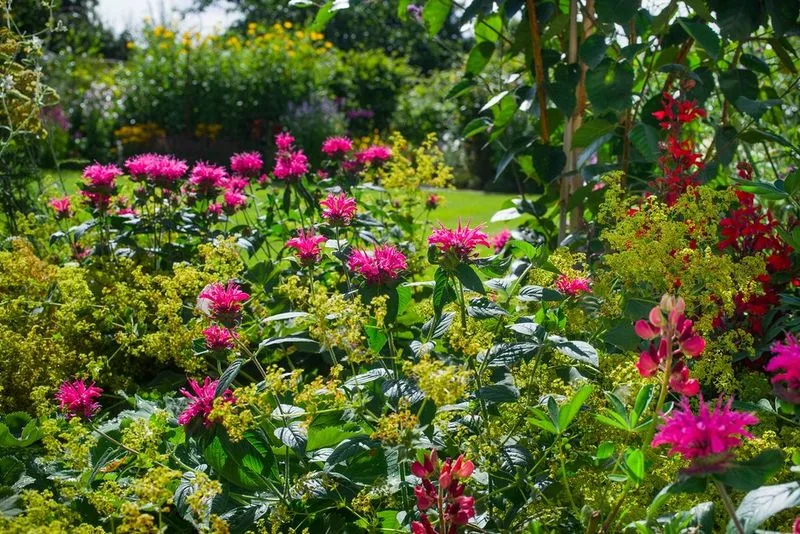
Seasonal planning is about knowing what to plant and when. This knowledge ensures that your garden looks vibrant year-round. By researching local climate conditions and plant varieties, gardeners can anticipate and plan for each season’s needs.
A well-planned garden transitions smoothly from one season to the next, offering a continuous display of blooms and harvests. It requires foresight and organization but pays off with a garden that never lacks interest.
Your neighbor likely spends the winter months planning for spring, ensuring every planting season is successful. This strategic approach is a cornerstone of their garden’s appeal.

